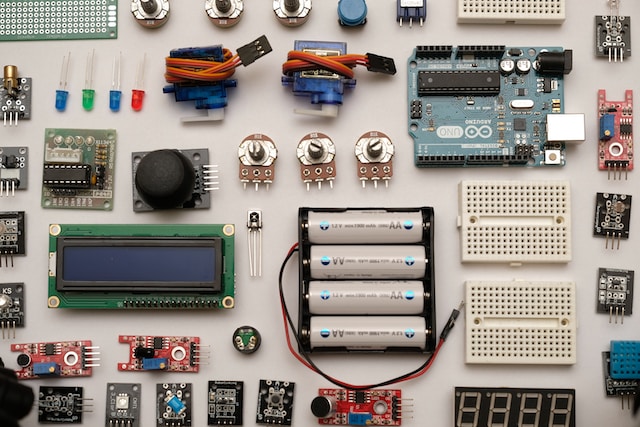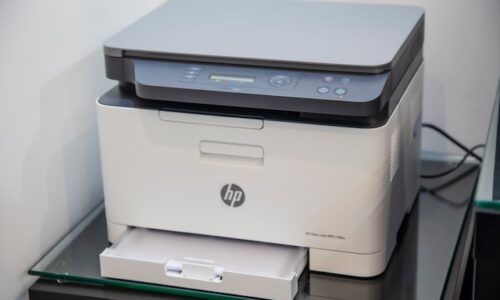- Home
- Technology
- Various Applications of The Different Types of Thermal Sensors

Various Applications of The Different Types of Thermal Sensors
The majority of electronic parts are designed to work at a variety of temperatures. However, an electrical component’s performance may suffer once the temperature rises over a certain ambient level. The piece is damaged by heating or thermal runaway when the temperature exceeds the permitted maximum limit. As a result, thermal properties heavily influence the choice of components in electrical circuits. There are many different thermal sensors, and they all have specific uses. They are used in various applications, from manufacturing and industrial equipment to domestic appliances and HVAC systems. These devices are also used for calibration purposes and laboratory testing.
Thermocouples
Thermocouples are commonly used to measure temperature. They are made of two dissimilar metal alloys that come together at a hot junction to create a change in voltage. This voltage is then converted to a reading that equates to temperature.
There are many applications for thermal products. For instance, thermocouples are used in engine diagnostics, fuel injection systems, heating sensors, and ovens. They are also used in automobiles to monitor and adjust factors such as exhaust gas, cylinder head function and brake performance.
Thermocouples are inexpensive and small and have fast reaction times. They are often found in industrial environments, where the oxidizing atmospheres can be harsh. They can be protected from oxidization by housing the sensor in a vacuum or surrounding it with an inert gas.
Thermistors
A resistor with thermistor characteristics alters resistance in response to temperature. These are created by pressing metallic oxides into a bead, disk, or cylindrical shape and then covering them with an impermeable substance like epoxy or glass.
Thermistors are commonly used in a wide range of applications to measure temperature. They provide a simple and inexpensive method of sensing temperature, found in everything from fire alarms to refrigerators and ovens. They can be divided into two categories: PTC and NTC. With PTC thermistors, the resistance increases as the temperature rises. On the other hand, NTC thermistors decrease in resistance as temperature increases.
Thermometers
Thermometers are an excellent tool for measuring body temperature. They are easy to use, fast, and accurate. They are also safe and small in size.
They can be digital or infrared. Depending on the device, they can measure temperature in seconds or minutes.
There are many different types of thermal sensors that you can find in your home, work, and the medical industry. Understanding these different types of thermometers is essential before buying them. A mechanical bimetal thermometer is a temperature sensor that uses two metals with varying expansion coefficients. When a hot temperature is applied, the two metals expand and warp, and the needle in the thermometer moves.
IR Sensors
A thermal sensor is a device that senses temperature. These are used in industrial, automotive and consumer applications.
There are many different types of thermal sensors, including contact, non-contact and silicon-based. They range in price and performance, but all have a standard function: to measure the temperature of an object or environment. Thermocouples, the most widely used type of thermal sensor, work by converting heat into electrical energy. They do this by using the Seebeck effect on two dissimilar metals. They are used in various industrial and consumer applications, from medical systems to food processing. They can be valuable when finding areas where a device or system is overheating.





